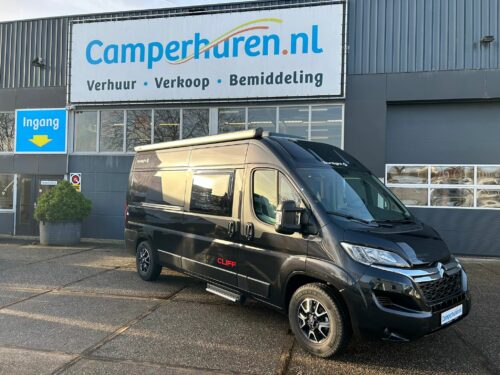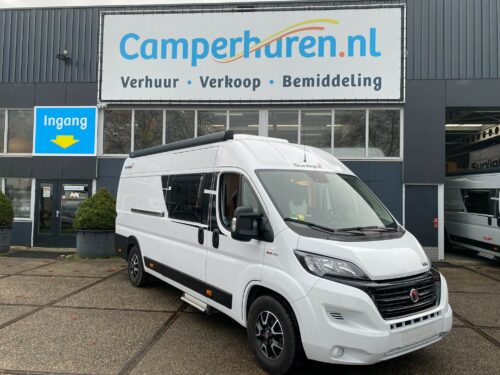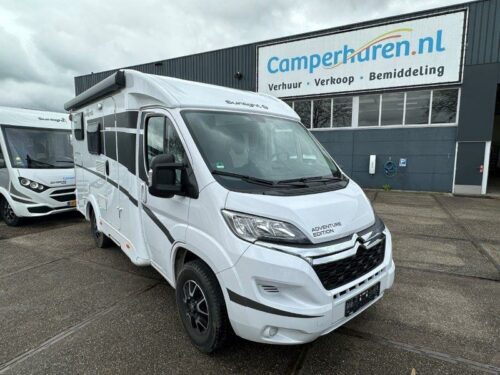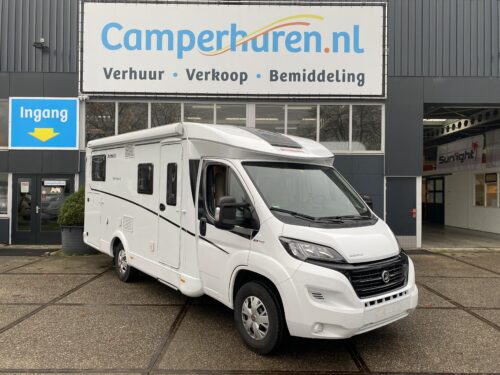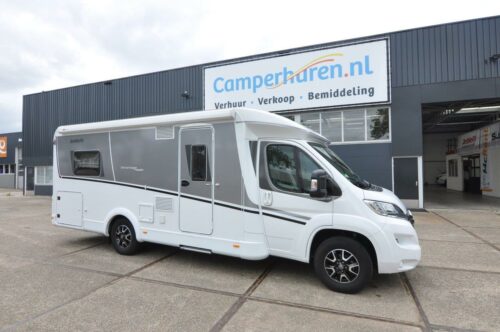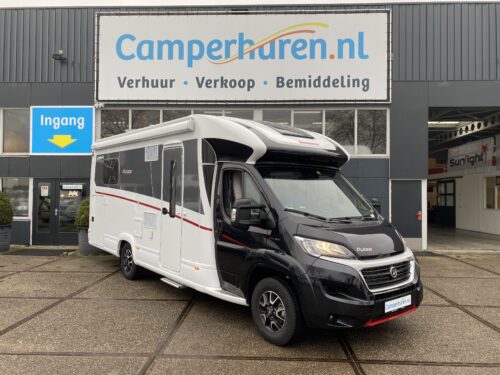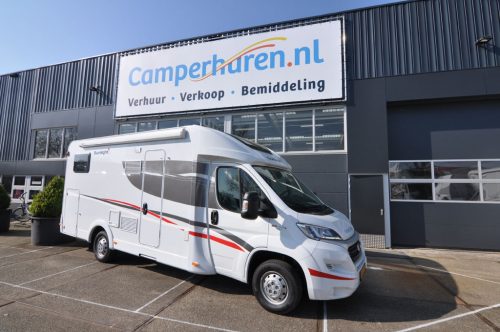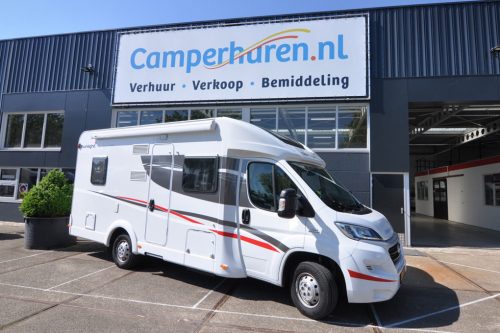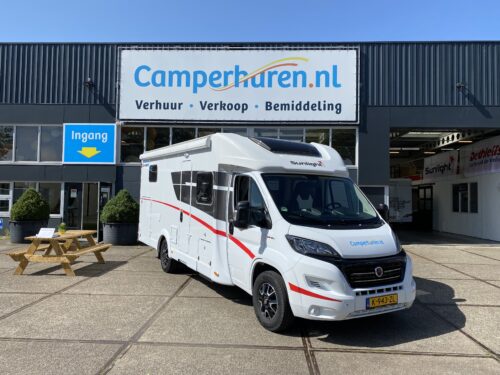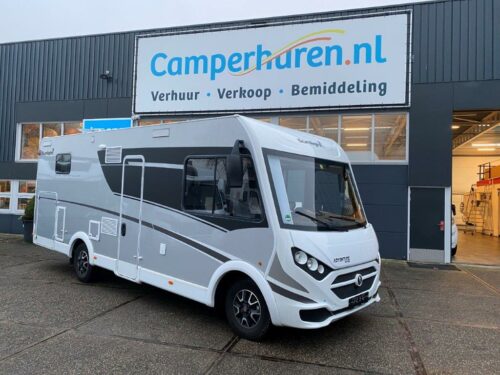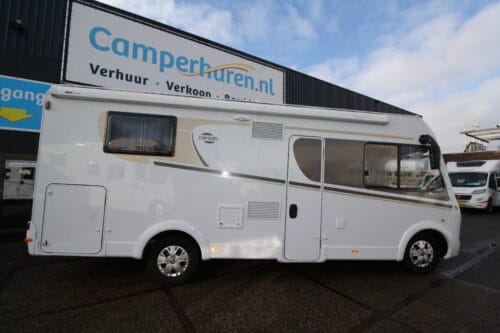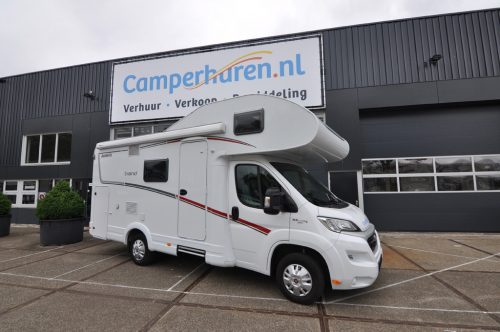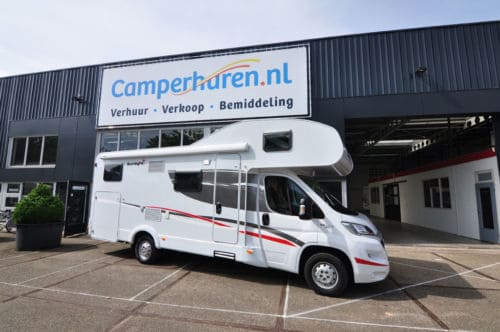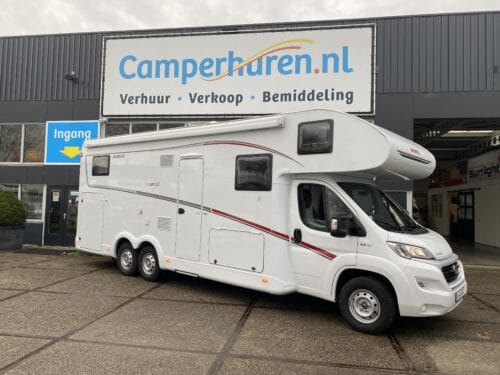Useful explanation
Do you know what gray water is? Have you ever heard of a French bed? Or did you already know that a camper has a garage? When you rent a camper, you come across strange terms. In a series of blogs we will take you through the jargon of camper life. We explain the concepts to you. This way you know everything you need when you rent a camper.
Immerse yourself in the world of camper life and discover the meaning of these words in a moment through this second blog.
Camper terms
Maybe you are an experienced camper, but do you already know these concepts? Or are you going on holiday with a camper for the first time? Then this list of these words is very pleasant to go through.
Household battery
Did you know that a camper has multiple batteries? In addition to the engine battery, the living area has its own battery; the household battery. Every camper has a household battery that 12 volt supplies, sufficient for items such as lighting, the water pump, the electric ignition of the gas stove, the boiler, the refrigerator and possibly the charging points.
Most household batteries can withstand a day or two of gentle use. They must then be recharged by driving a distance or connecting to the mains voltage at a campsite or camper place.
Gray water
All campers have a clean and waste water tank. Gray water is the term for the dirty water that comes into the holding tank after you use it. For example, when you wash your hands, water comes out of the tap from the clean water tank and disappears through the sink to the dirty water tank after washing. Your clean water tank is already filled when you pick up the camper. The tank contains approximately 90 liters.
You can probably think of it yourself; the dirty water tank is full when the clean water tank is empty. You fill and empty the tanks at service points at the campsite and a camper place or at a service station along the road. You can recognize the service point by, for example, a traffic sign with a camper on it and small waves underneath.
Do you want to know how to fill and empty the tanks? Then watch the two videos about it here electricity, water and diesel en toilet cassette and waste water tank that are on our website.
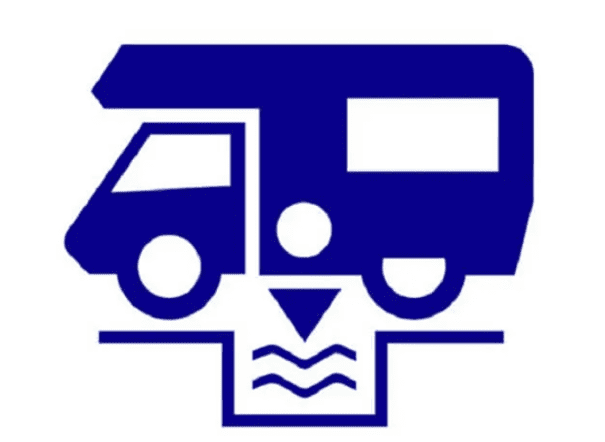
Toilet cassette
All our campers have a toilet. This camper toilet has a toilet cassette under the toilet bowl. The cassette, in which the sanitary waste is collected, can be removed from the outside of the camper. Emptying the toilet cassette is a job that can be done in no time.
- Warn your fellow travelers that you are removing the cassette. So the toilet is not usable for a while.
- Make sure the slide to the toilet bowl is closed.
- Remove the cassette from the camper and go to the service point.
- Empty the cassette into the appropriate drain and rinse it thoroughly. Use the appropriate tap or hose from the sanitary facilities.
- Make sure there is a layer of clean water in the cassette.
- Wipe the cassette with a cloth before replacing it.
- Wash your hands thoroughly.
- Place a capful of liquid or a tablet through the toilet bowl into the clean cassette.
Liquid or a tablet is effective for about two days.
Would you like to watch the video explaining the toilet cassette on our website? Then click here.
AdBlue
Ad Blue is a fluid used in Euro 6 engines to make vehicles run cleaner. AdBlue is stored in a separate tank in the camper. The agent is injected into the hot exhaust gases, resulting in a chemical reaction that reduces emissions from these campers.
The consumption of AdBlue varies per camper and is influenced by driving behavior. It can be 2% of the diesel consumption, but a full AdBlue tank of 15 liters can also be enough for a journey of 3000 km. That is a consumption of 5% of the diesel consumption.
A refill reminder will appear on the dashboard in a timely manner. You must then top up AdBlue within 100 KM. At a gas station you can either fill up with AdBlue and/or buy AdBlue in the store. We will also give you a jerry can of AdBlue. This way you can always fill up with AdBlue as soon as you see the refill reminder.
Garage
When reading this word you quickly think that it is the place where you park the camper. None of this is true. The garage is located in the camper. It is the storage space under the bed, which can be opened from the outside of the camper.
The size of the garage varies per type of camper. As a rule, the higher the bed, the larger the garage. With a bunk bed you can fold up the bottom bed, allowing you to enlarge the garage. In the bus camper you also fold up the bed to make space. And at one French bed the entry to your bed is low, so the garage has less space. Integral and semi-integral single bed campers usually have the largest garage.
Other blogs
Have you seen our other blogs and tips for inspiration? Through this link you'll get there right away.
Drop by!
Would you like to take a look at the campers? You are very welcome on Tuesday to Saturday between 9 am and 17 pm at our location in Aalsmeer.
Take a look our website to see the information and photos of the campers.
November 2023

